699 €*
~ 307 km
8 days / 7 nights
*Price per person in a double room.
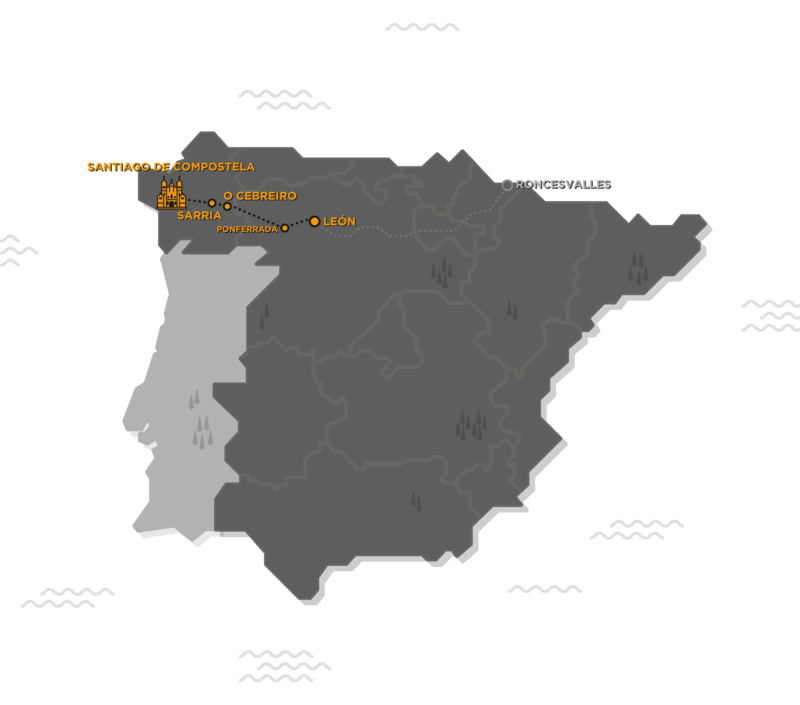
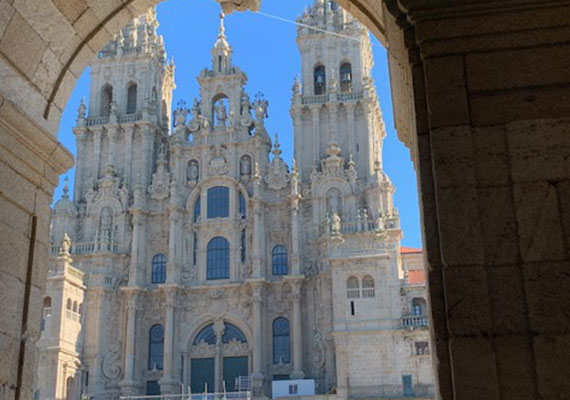
Arrival in León on your own. Accommodation in León.
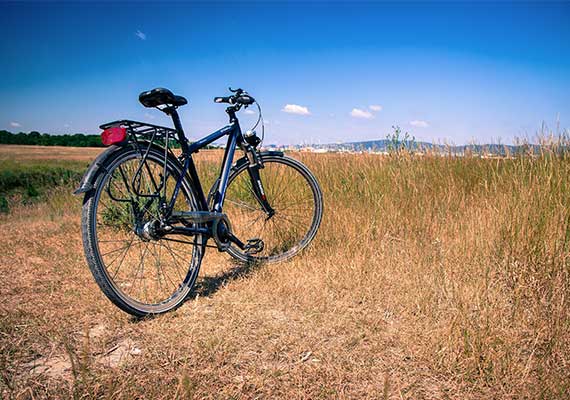
Start in León, one of the major capitals of the Way of St. James. We start our route with a fairly simple stage as the route gradually becomes softer as we approach Astorga, the leader of one of the largest and oldest dioceses in Spain and the capital of the Maragatería region. It is also the point where the Camino Francés and Camino Vía de la Plata meet.
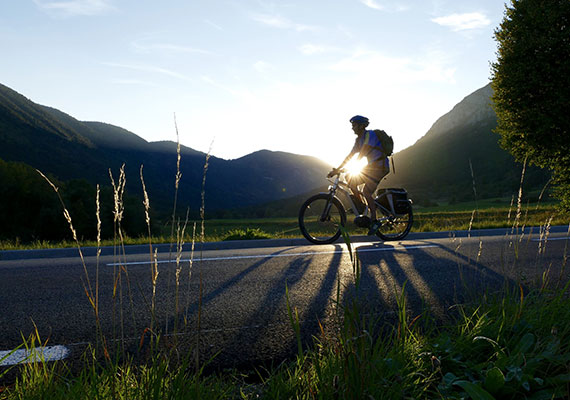
The terrain becomes more and more complicated in this second phase, as there are more climbs than descents. We will cross towns like Foncebadón, one of the most typical towns in the Maragata region, and approach the Cruz de Fierro on Mount Irago, the highest point of the Way of St. James, at about 1,500 m. Height. After descending from Cruz de Fierro we arrive comfortably in Ponferrada, the capital of the Bierzo region, where we can visit the Templar castle.
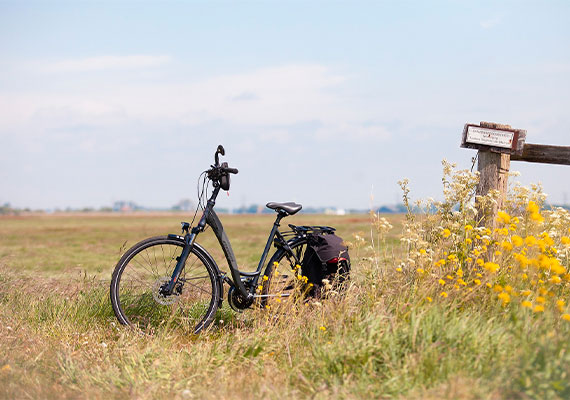
In the middle of the Bierzo region, from Ponferrada, we start the ascent to O Cebreiro, the mythical French route. We will soon arrive in Villafranca del Bierzo, 24 km from Ponferrada. Arrived at the dreaded point of La Faba, we find two forks. It is usually recommended to take the direction to the hostel as the terrain is less complicated. We leave the province of León and drive via the province of Lugo to Galicia. When you arrive in O Cebreiro, you will be greeted by the pre-Romanesque church of Santa María La Real. The climb to the Cuesta de la Faba at almost 700 meters is one of the most feared on the Camino, but the arrival in O Cebreiro, a village with immense Jacobean tradition and the entrance to the magical Ancares, rewards the effort.

On our fifth day we cycle through the slopes of the Mount Area and face the ascent of the Alto do Poio (1337 meters). After these two ascending sections, the descent to Triacastela begins, where the path is divided into two routes: on the left the LU-633, which leads to Samos, where we pass the Benedictine monastery, the path that leads us to Sarria, or we turn right off, the route through San Xil, which is 6.5 km shorter in terms of distance, but more difficult to master. Once some of these two sections are over, there is little left to reach Sarria.
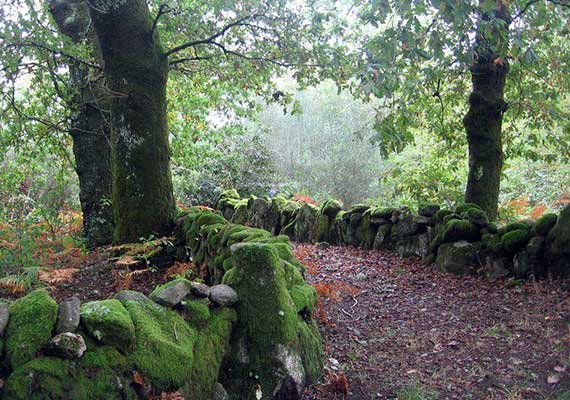
This stage has some challenges. Divided by the Sierra de Ligonde, we will cross the cities of Portomarín and Monterroso. During this phase we can make some interesting stops to visit places like the Santa María church in Portomarín, the chapel of San Marcos and the cruise of Lameiros in Ventas de Narón or even the pilgrim cemetery in Ligonde. The Church of San Tirso will greet us in Palas de Rei, and then we have only a few kilometers to reach today's destination of our stage, Melide.
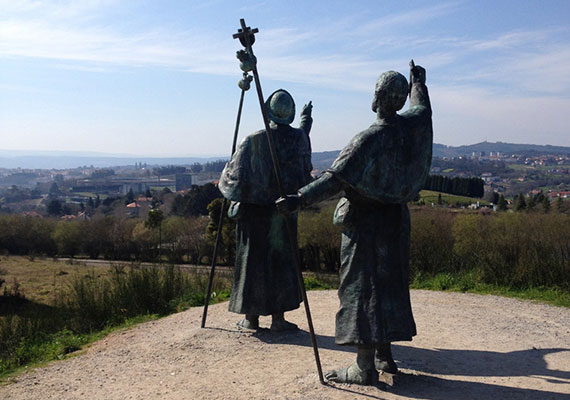
This is the last stage and Santiago is closer than expected. We will cross cities like Arzúa and Pedrouzo on an easy route that does not pose any further complications. The route becomes a little more difficult as we approach Santiago Airport, a section where many pilgrims get a bit tired due to their difficulty. A stop at Monte do Gozo is also essential, where we can enjoy a wonderful and encouraging panoramic view of the towers of the cathedral. A few kilometers separate us from our long-awaited goal. The trip from Monte del Gozo to Plaza del Obradoiro will fly by in order to share with other pilgrims the illusion that the apostle's feet have been erected.

Check out and end of our services.